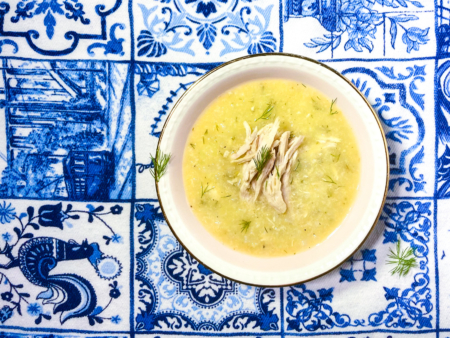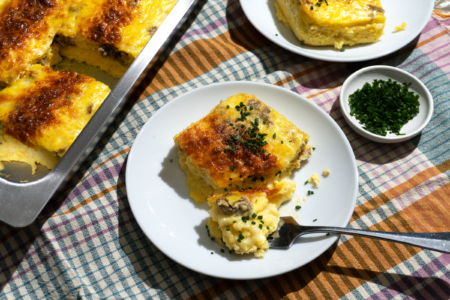Though probably best known for car racing and the Hoosier basketball, Indiana established the first successful commercial wine industry in America.
History of Wine in Indiana
At the turn of the 19th century, Swiss immigrant John James Defour settled on the north side of the Ohio River and planted vines in hopes of producing wine equal in quality to what he left behind in Switzerland. His effort was successful, and he invited his family to join him in his new home to help develop the vineyards. Together they established a settlement that became the town of Vevey, named after a Swiss Village.
By the mid-1800’s, Indiana vineyards along the Ohio River valley were part of the largest wine producing region in America known as “The Rhineland of America”. These wines were easily transported down the river to markets on the eastern seaboard and became known and appreciated for their high quality, even gaining notoriety from wine enthusiasts such as Thomas Jefferson. Pre-statehood and well into the late 1800s the Indiana wine industry thrived and at its height ranked 10th in U.S. wine production. But all this changed with the passage of the 18th amendment in 1919, known as Prohibition, prohibiting the production and sale of alcohol. Indiana vineyards and towns disappeared with the loss of the wine industry and, as in much of the United States, would not come back until well into the 20th century.

Starts and Stops in the Industry
Prohibition ended in 1931 but another law prevented the rebirth of the Indiana wine industry. In 1935 the liquor control act was passed, preventing the direct sale of wine to consumers at wineries and so little incentive existed for establishing a vineyard as a business. But in the late 1950s and into the early 70s a couple of enterprising individuals began the process of rebuilding the Indiana wine industry. In 1958 Dr. Donald MacDaniel planted French Hybrid grapes in Connersville and later established the Treaty Line winery. Bill Oliver followed in 1966 planting ten acres of vines in Bloomington, creating Oliver winery. Together, along with Bill Easley of Easley winery (established 1971), they helped to pass legislation that lifted the restriction on consumer sales at wineries. By 1973 all three had opened their doors to the public and more wineries soon followed.
In 1989 the Indiana Wine Grape council was established by the state legislature. Funded with an excise tax on every gallon of wine sold, the council helps to support, grow, and promote the Indiana wine Industry. In 1991 the council collaborated with Purdue University Department of Food Science and Horticulture to create the Purdue Wine Grape Team. The Grape Team mission is to serve Indiana’s vintners and growers by providing expertise on viticulture, enology, and marketing. One of the team’s projects includes the creation of the Vintage Indiana Wine Fest, an annual June wine festival featuring wine tasting, education, food, and music. To learn more, go to their website.
Indiana Wine Grapes
There are 18 grape varieties grown in Indiana, according to the Indiana Wine Council website, and most are native American or French Hybrids. The signature grape of Indiana is Traminette, a native American grape released by Cornell University in 1996 and grown successfully throughout the state due to its cold weather hardiness. The white wine it produces has an aromatic bouquet of lilac, vanilla, and rose petals and can be made into dry, semi dry, and sparkling styles.

The most popular planted red varietal is Chambourcin, a French hybrid grape, that produces wine similar to Cabernet Sauvignon with raspberry, blackberry, and earthy flavors. It can be made in rose, dry, and sweet styles.

The success of the modern Indiana wine industry has led to the establishment of two American Viticultural Areas (AVA), the Ohio River Valley AVA in 1983, which also contains portions of Kentucky and Ohio, and the Indiana Uplands AVA in 2013, which is wholly located in south-central Indiana and includes the oldest and most productive winery in Indiana, the Oliver Winery.

Vineyards in Indiana
Today there are approximately 115 vineyards and wineries across the state and over 700 acres are planted with vines. Though most wineries use the native American grapes that do well in the midwest climate many are also experimenting with Vitis vinifera grapes such as Sauvignon Blanc, Merlot, Malbec, and Pinot Noir. Many of the wineries offer restaurants and lodging in addition to tasting rooms. To learn more about Indiana Wine and wine trails visit their websites, or pick up a copy of The Ultimate Guide to Indiana Wineries by Todd and Becky Outcalt.

Feature Image: Flickr user emurray ( CC BY-NC-SA 2.0 )



